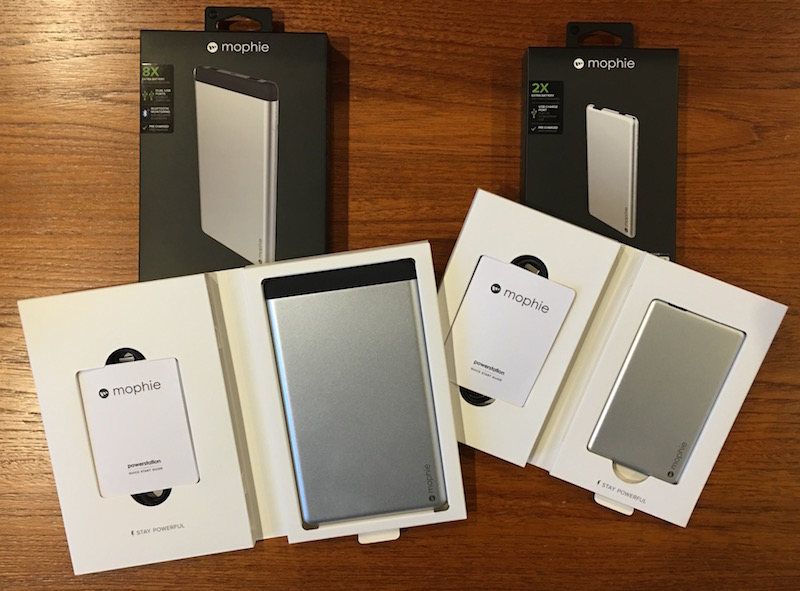
Sadly, this approach is not supported in current M1-based Mac models, though there is some evidence that Apple may support EGPUs in the future. Sold by vendors like Sonnet, these EGPUs allowed you to get more value out of your Mac purchase.


Before the arrival of the M1, one of the ways you could overcome the limitation of the embedded graphics architecture in an iMac, Mac mini or Macbook was by purchasing an external graphics processor unit (EGPU). You should be aware of one other bit of annoyance: the new M1 Mac mini (and all M1 MacBook iterations) does NOT support external graphic processor solutions. To avoid a messy desktop area in my home office, I've been delighted with Linedock's external all-in-one storage solutions, which provide additional interface ports storage in a convenient thin form factor that sits easily under the Mac mini. While it's not a deal-breaker, chances are you'll have to invest in a dongle for additional USB ports or an SD card slot if you have multiple peripherals that want to hang off the system. Still, with only two Thunderbolt (USB 4), two USB-A, HDMI, a 3.5 mm headphone jack and an Ethernet port, the Mac mini has less ports than many Intel-based models. The Mac mini is actually in somewhat better shape than its MacBook laptop siblings. The big concession you'll need to make if you choose to purchase an M1 Mac mini (or MacBook Air or Pro with an M1 processor) is the computer’s limited ports. I can’t speak to the battery power advantages as the Mac mini is a desktop computer, but positive news reports of great battery life (approaching 20 hours) with M1-based Macbooks have been widespread- consistent with the benefits that “system-on-chip” architectures can offer. Despite running multiple applications simultaneously, I haven't been able to slow the machine down-something that routinely occurred on my old 64GB 2017-vintage iMac. However, I have to report that my overall day-to-day experience with my 16GB M1 Mac mini has been quite good. I won't jump into the online melee over whether the 16GB maximum memory is a real disadvantage from a performance standpoint, given that most Intel-based PCs routinely have 32GB, 64GB or even higher amounts of memory. This approach's upside is higher performance the downside is you must choose what level of memory you desire at time of purchase, and there is no post-sale upgrade opportunity. From a practical standpoint, the crucial difference is that in the M1, memory is an explicit element of the architecture, so there are no memory slots on the system board for a M1 Mac.

Unlike Intel processors’ integrated graphics, the M1 has an embedded graphics processor shared between both the processor cores and graphics cores.


 0 kommentar(er)
0 kommentar(er)
